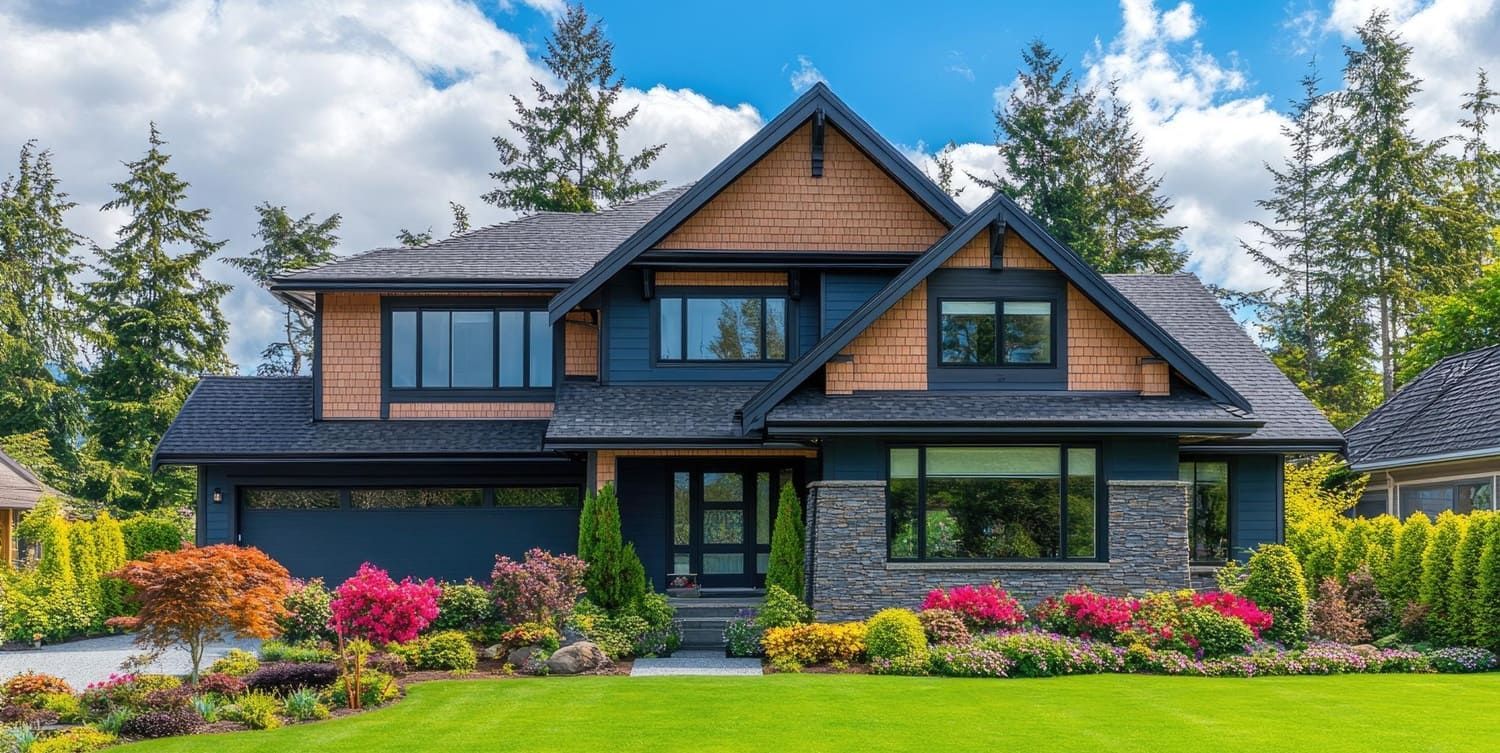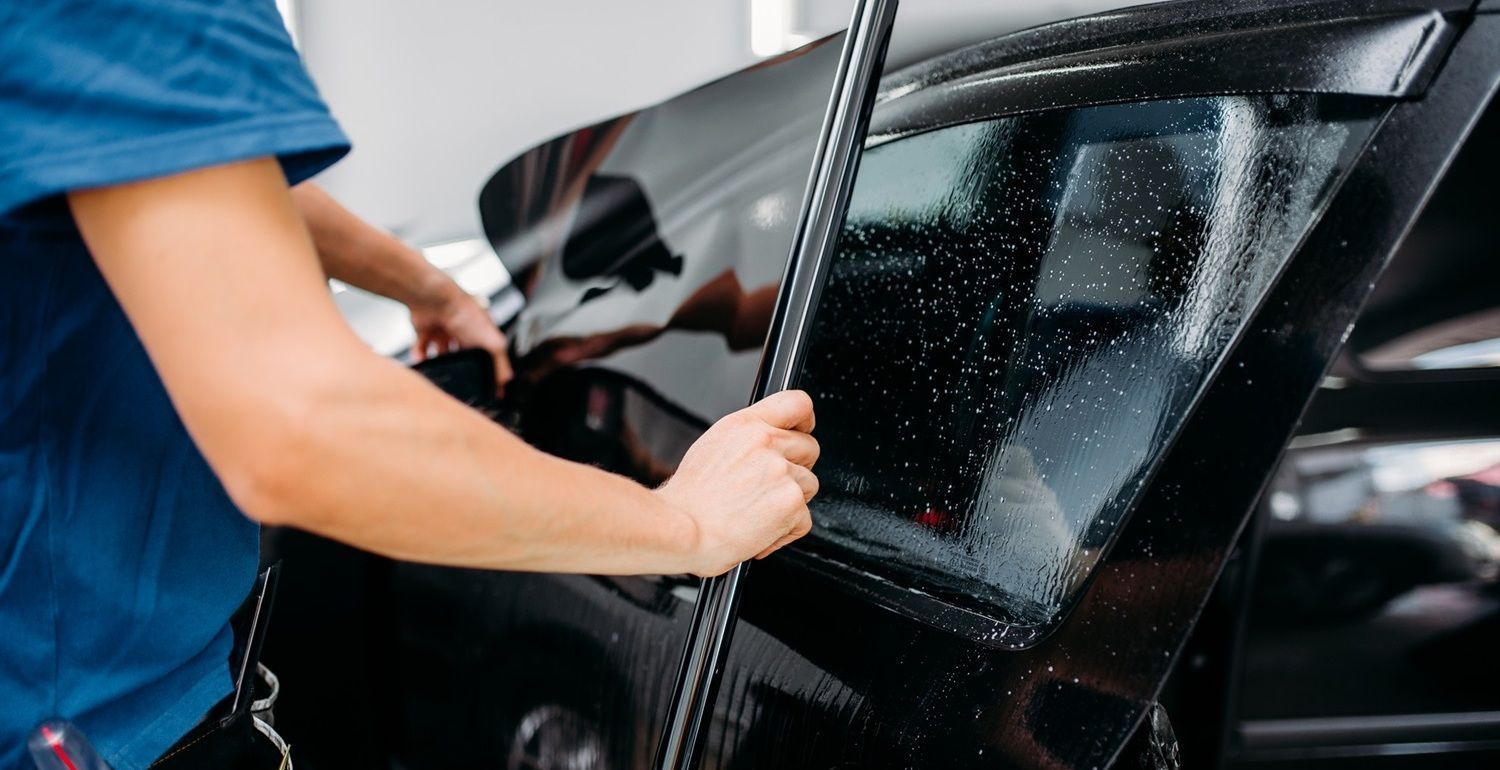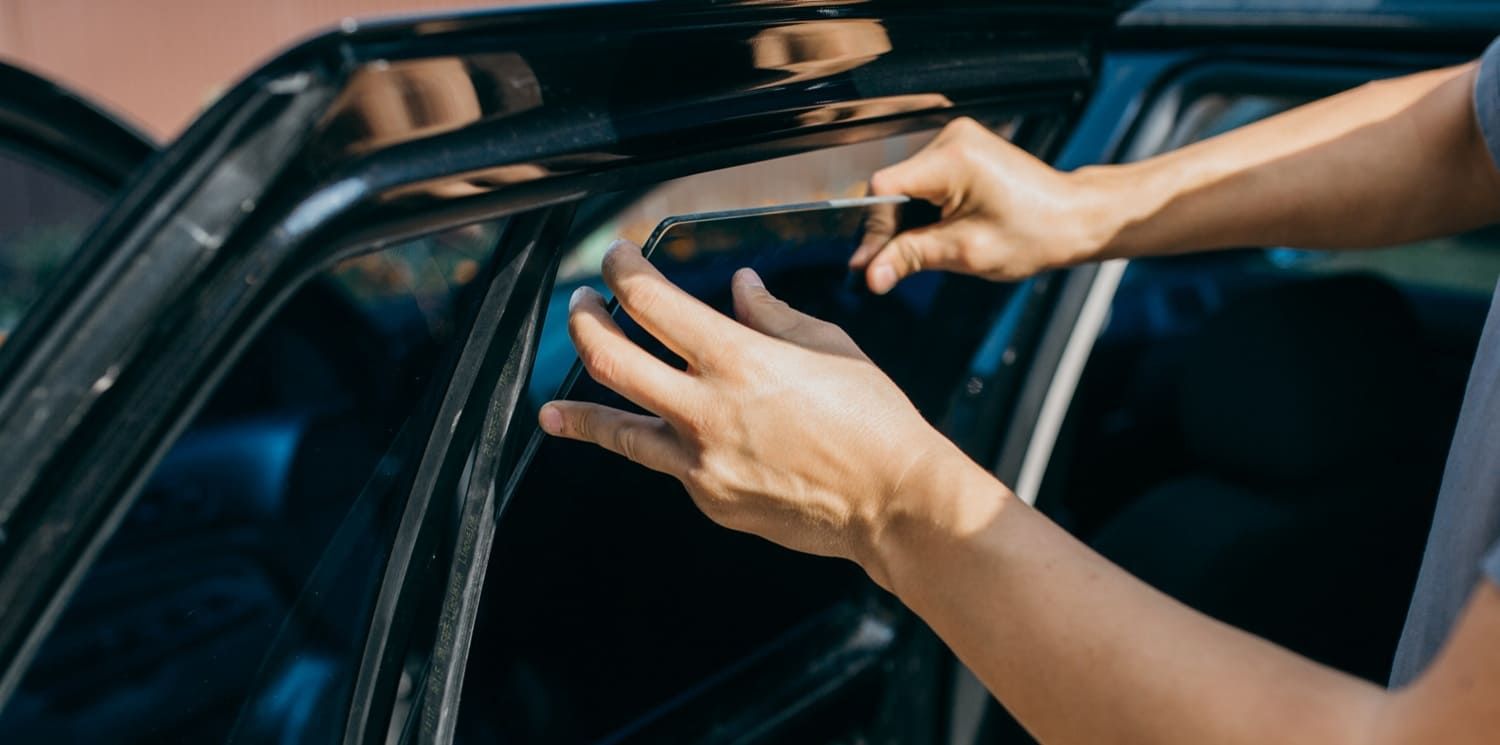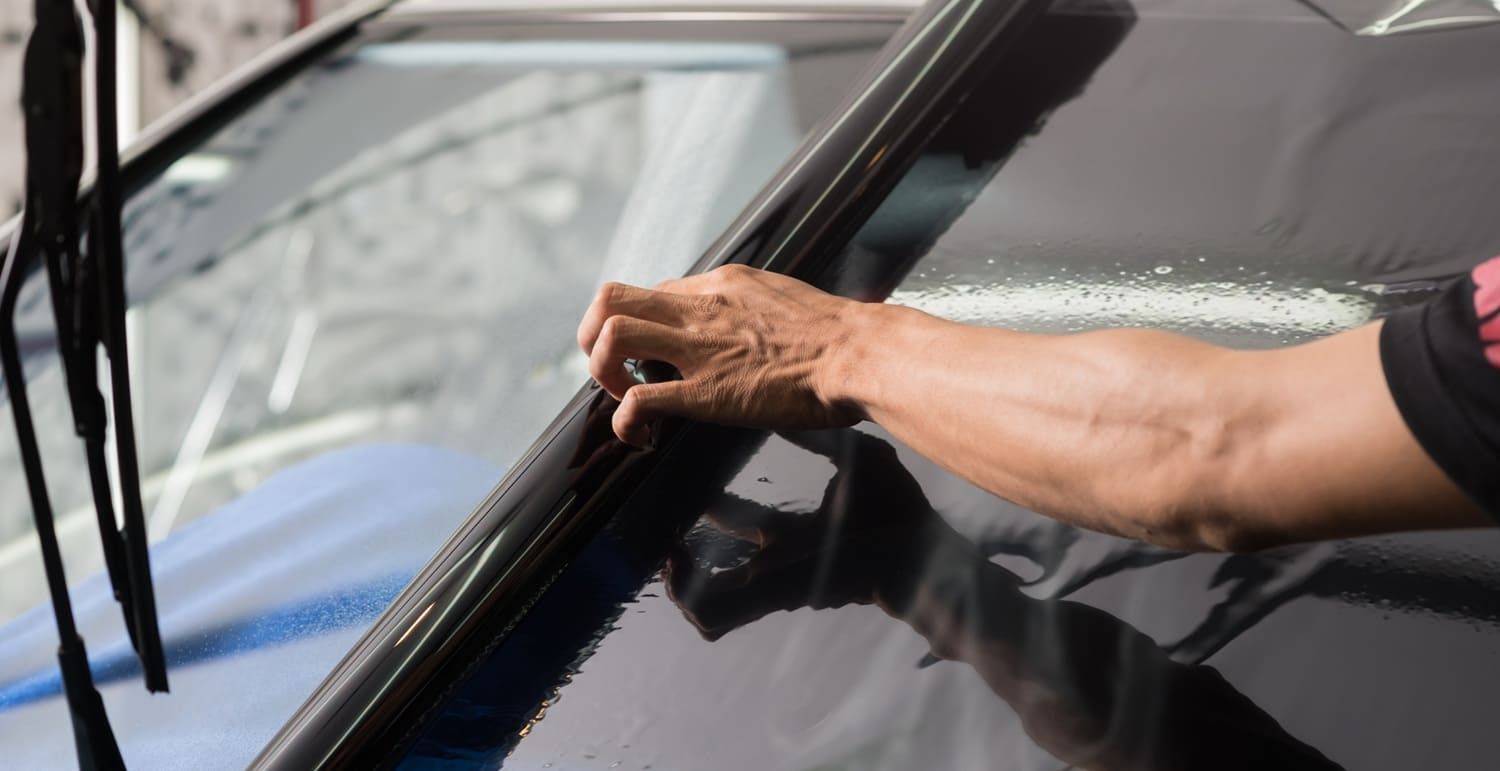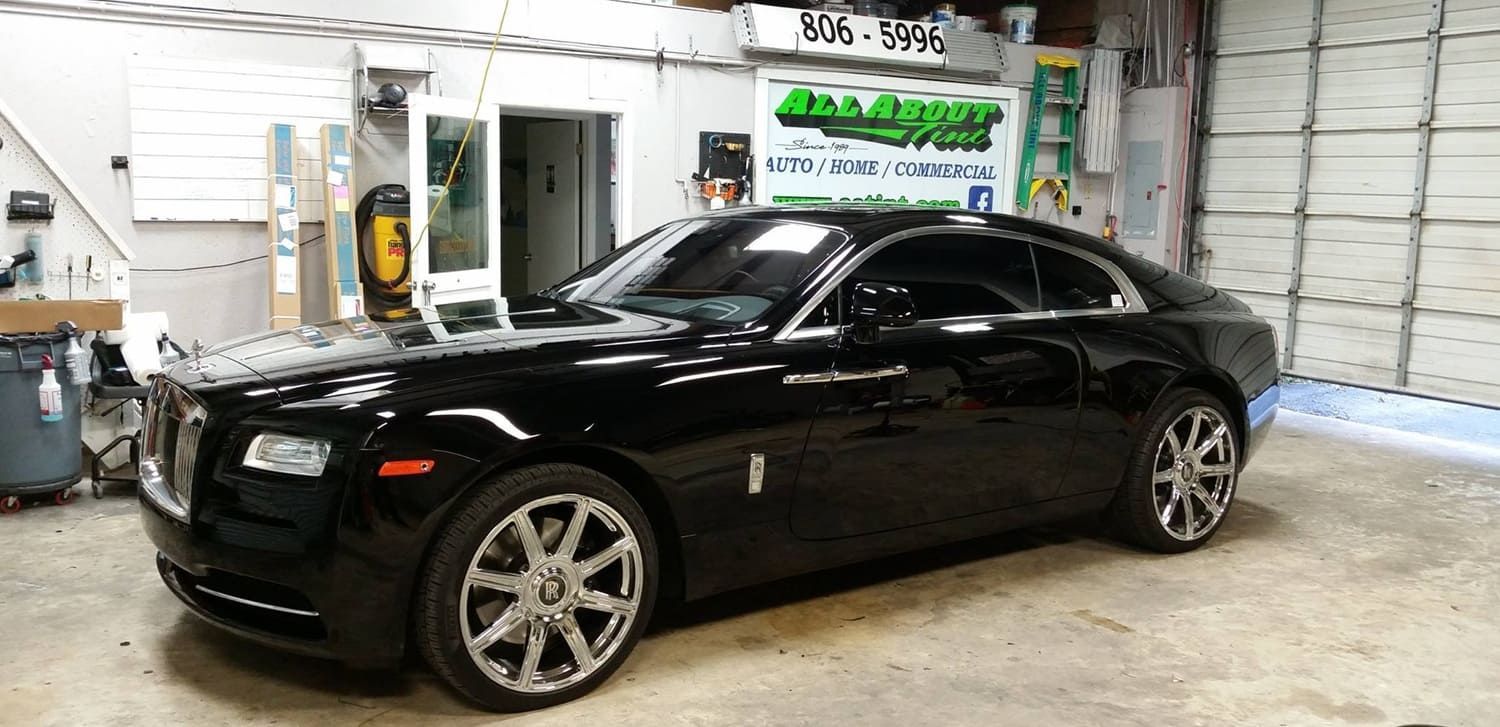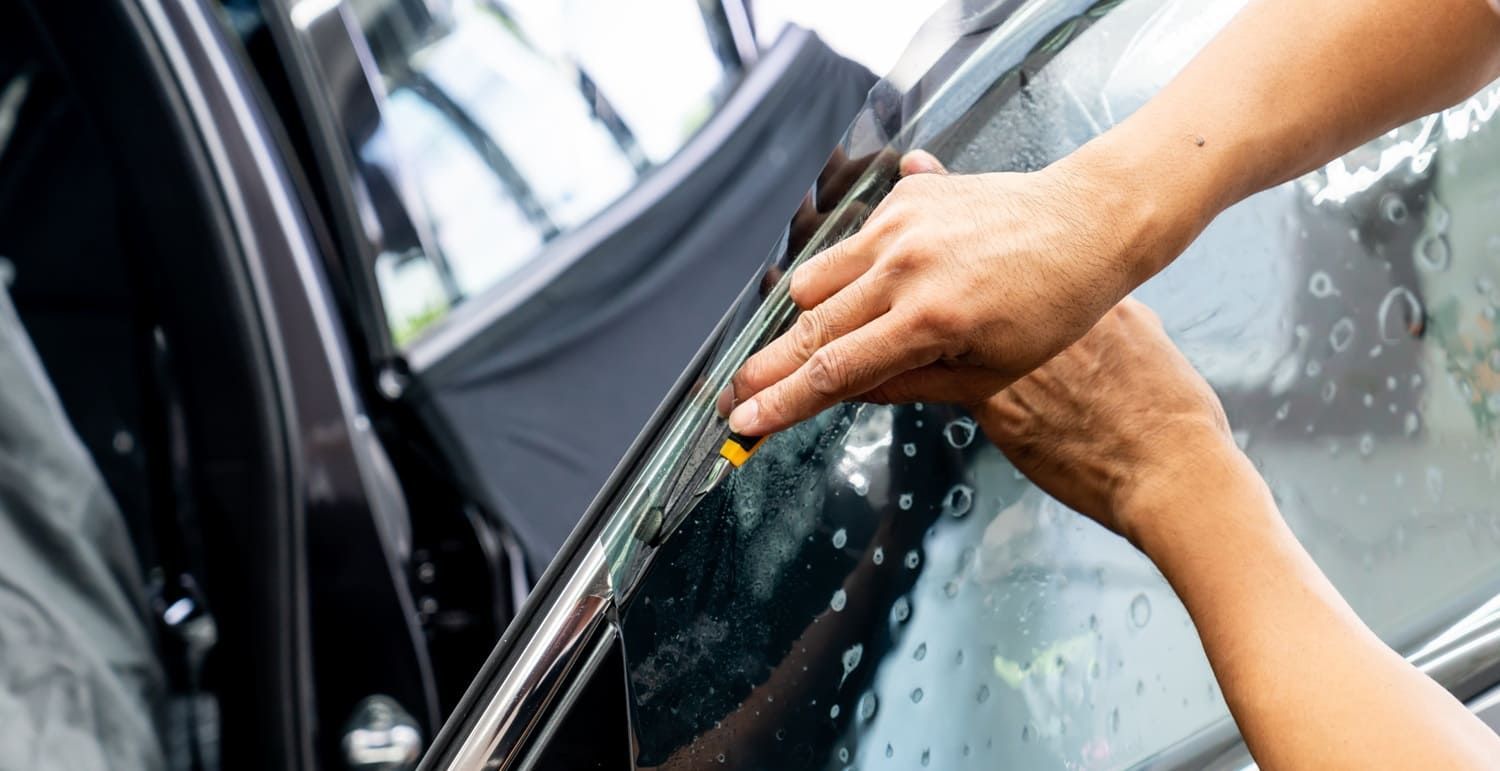Avoid Bubbles and Peeling: Commercial Window Tinting Tips
When it comes to enhancing the appearance and functionality of a business space, few upgrades offer as many benefits as professional window tinting. Not only does it enhance the aesthetic appeal of your office, but it also provides energy efficiency, privacy, and UV protection. However, improper installation can lead to issues like bubbling and peeling. In this article, we'll explore essential commercial window tinting tips to help you avoid these common pitfalls.

Understanding the Benefits of Professional Window Tinting
Before diving into the tips, it's important to understand why professional window tinting is a worthwhile investment for your business.
Enhances Energy Efficiency
One of the main reasons businesses choose window tinting is to improve energy efficiency. Tinted windows reduce heat from the sun, which can significantly lower cooling costs during hot months. By maintaining a more consistent indoor temperature, you can reduce the workload on your HVAC system, leading to energy savings.
Provides UV Protection
Commercial window tinting blocks up to 99% of harmful UV rays. This protection prevents fading of furniture, carpets, and artwork, preserving your office's interior aesthetics and prolonging the life of your furnishings.
Increases Privacy and Security
Tinted windows offer increased privacy, making it difficult for outsiders to see into your office. This added layer of privacy can be crucial for businesses that handle sensitive information. Additionally, some window films can hold glass together in the event of breakage, enhancing security.
Enhances Aesthetic Appeal
Window tinting can enhance the appearance of your building by giving it a sleek, modern look. With various shades and styles available, you can choose a tint that complements your building's design.
Common Issues with Window Tinting
Before you install window tinting, it's important to be aware of common issues that can arise, such as bubbling and peeling. Understanding these problems will help you take proactive steps to avoid them.
Bubbling
Bubbling occurs when air or moisture gets trapped between the window and the tint film. This not only looks unsightly but can also reduce the effectiveness of the tinting.
Peeling
Peeling happens when the adhesive holding the tint film to the window fails. This can be caused by poor installation, low-quality materials, or exposure to harsh weather conditions.
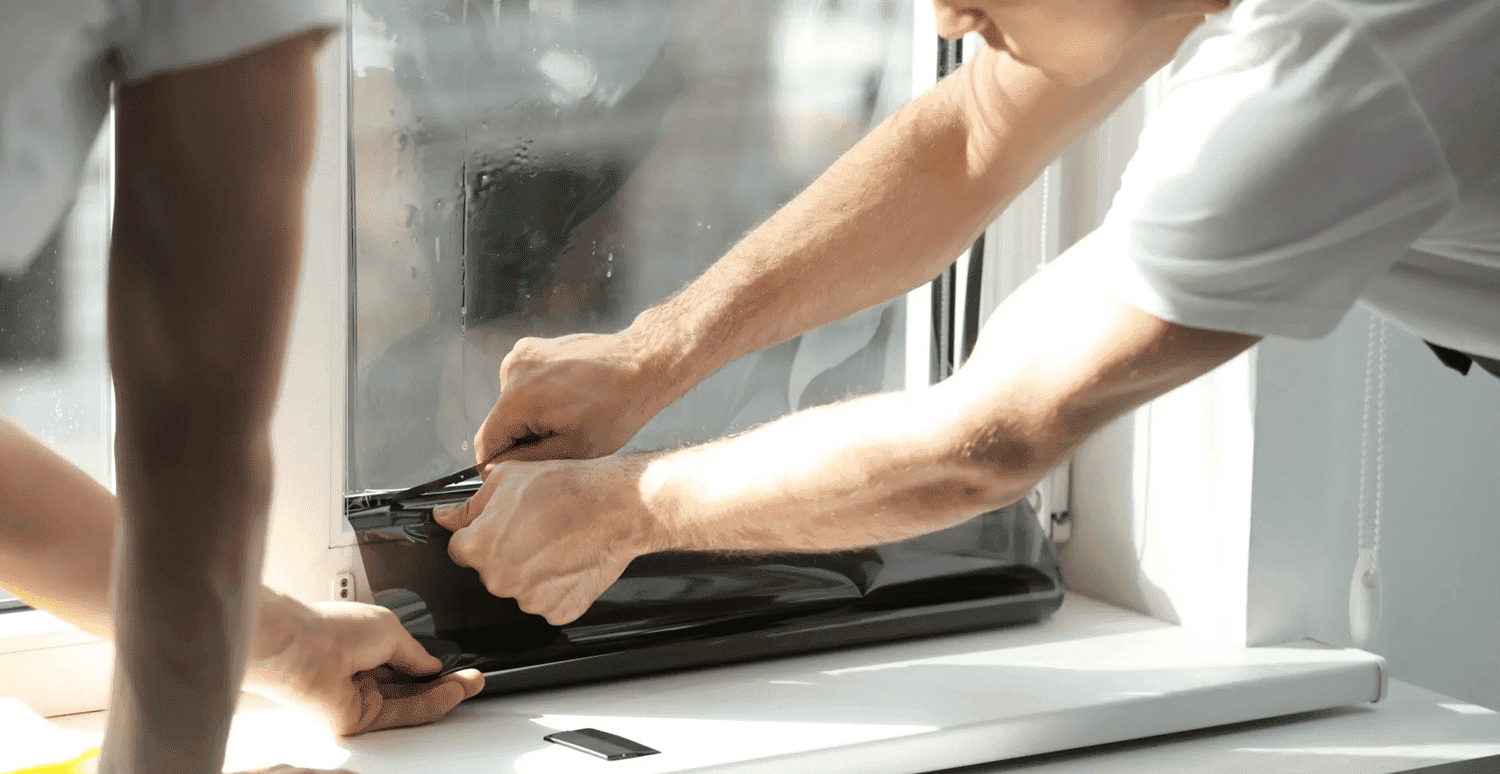
Essential Commercial Window Tinting Tips
To ensure you get the most out of your window tinting, follow these expert tips:
Choose the Right Film
Selecting the right window film is crucial to avoid issues like bubbling and peeling. Consider factors such as the film's quality, UV blocking capabilities, and warranty. High-quality films may be more expensive initially, but they offer better performance and longevity.
Hire a Professional Installer
While DIY window tinting kits are available, hiring a professional installer is the best way to ensure a flawless application. Professionals have the experience and tools needed to apply the film without air bubbles or creases.
Ensure Proper Surface Preparation
Proper surface preparation is key to successful window tinting. The windows must be thoroughly cleaned to remove any dirt, dust, or grease that could interfere with the film's adhesion. Use a high-quality glass cleaner and a lint-free cloth to clean the windows before installation.
Control the Environment
The installation environment plays a significant role in the outcome of window tinting. Ideally, tinting should be done indoors or in a controlled environment to prevent dust and debris from getting under the film. Additionally, avoid tinting on very hot or cold days, as extreme temperatures can affect the adhesive.
Use the Right Tools
Using the correct tools can make a big difference in the installation process. A squeegee is essential for smoothing out the film and removing air bubbles. Make sure to have other tools like a utility knife, spray bottle, and microfiber cloth on hand.
Allow Proper Curing Time
After installation, it's important to allow the film to cure properly. Avoid cleaning or rolling down the windows for at least a week to ensure the adhesive sets completely. This will help prevent peeling and ensure the film adheres securely to the glass.
Regular Maintenance
To maintain the appearance and effectiveness of your window tint, clean it regularly with a mild, ammonia-free cleaner. Avoid using abrasive materials that could scratch the film. Regular maintenance will help prolong the life of the tint and keep it looking its best.
Troubleshooting Common Issues
Even with the best preparation and installation, issues can sometimes arise. Here's how to troubleshoot common problems:
Small Bubbles
If you notice small bubbles shortly after installation, they may disappear over time as the film cures. However, if they persist, gently press them out with a squeegee.
Peeling Edges
If you notice peeling at the edges, inspect the area for dirt or debris. Clean the area and gently press the film back into place. If the problem persists, consider contacting your installer for assistance.
Fading or Discoloration
Over time, some window films may fade or discolor due to UV exposure. If this happens, it may be time to replace the film. Choose a high-quality film with a strong UV warranty to minimize this risk.
Conclusion
ALL ABOUT TINT offers professional window tinting, a valuable investment for any business. With benefits like energy efficiency, UV protection, privacy, and enhanced aesthetics, our expert installation helps you avoid issues like bubbling or peeling. Trust in professional installation to ensure your office tinting stays in top condition for years. Get a free estimate today and let us add lasting value to your business.


